Through precise control and intelligent technology, the automatic hot stamping foil slitting machine can significantly reduce the error caused by manual operation, thereby effectively reducing the scrap rate. Here are its key technologies and implementation strategies:
1. High-precision tension control system
• Technical principle: Servo motor + closed-loop tension sensor is used to monitor and adjust the unwinding and rewinding tension in real time (the accuracy can reach ±0.1N) to avoid tensile deformation or fracture of the material caused by uneven tension.
• Effect: Reduce the problems of hot stamping foil wrinkles, offset and other problems caused by tension fluctuations, and reduce the scrap rate by more than 30%.

2. Visual positioning and automatic correction
• Technical Applications:
◦ CCD camera: Real-time scanning of foil foil edges or printing marks, positioning accuracy of ±0.05mm.
◦ Automatic deviation correction system: Adjust the material position through pneumatic or electric actuators to ensure no deviation during the slitting process.
• Advantages: Eliminate manual plate alignment errors, suitable for complex patterns or narrow slitting (such as thin strips below 1mm).
3. Intelligent slitting algorithm
• Dynamic Crop Optimization:
◦ Automatically calculate the optimal tool arrangement scheme according to the order demand to reduce material waste.
◦ The laser rangefinder monitors blade wear in real time and automatically compensates for the cutting depth.
• Case: An enterprise improved the material utilization rate from 85% to 93% through algorithm optimization.
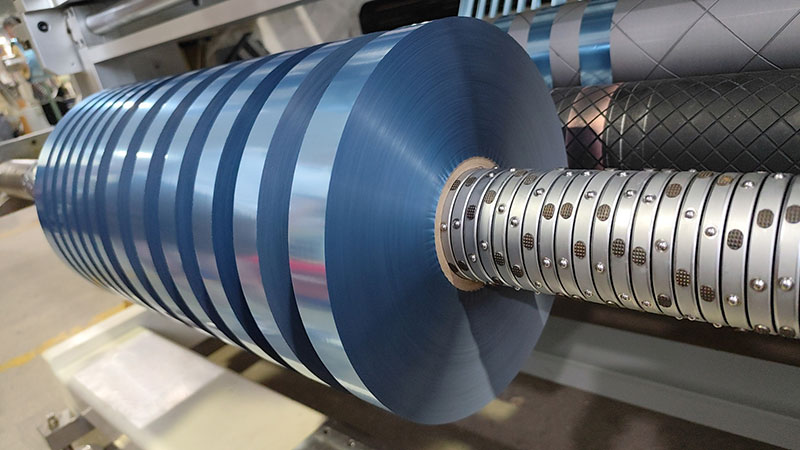
4. Whole process data monitoring
• Internet of Things (IoT) Integration:
◦ Collect data such as slitting speed, temperature, and pressure, and realize abnormal early warning (such as automatic shutdown of temperature exceeding the standard) through the MES system.
◦ Historical data analysis can trace the root cause of scrap (e.g., poor peeling of a batch due to excessive ambient humidity).
• Result: 70% reduction in fault response time and reduced sudden downtime due to preventive maintenance.
5. Modular tool design
• Quick changeover technology:
◦ The tool holder is hydraulically locked, and the tool change time is reduced from 30 minutes to 3 minutes.
◦ Tool life management system prompts the replacement cycle to avoid burr problems caused by blunt tools.
• Applicable scenarios: Small batches and multi-variety orders, the switching efficiency is increased by 90%.
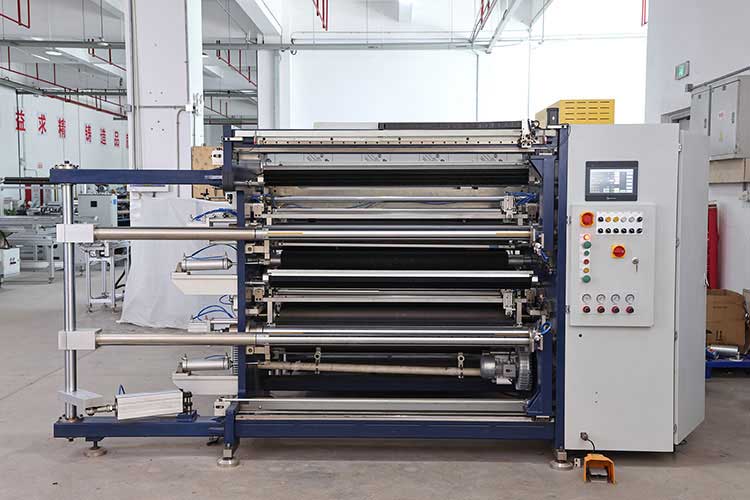
6. Optimization of environmental adaptability
• Temperature and humidity compensation:
◦ Built-in sensor automatically adjusts the foil stamping temperature (e.g. foil is set to 120°C at 25°C and dropped to 115°C at 30°C).
• Anti-static treatment: The ion air wand eliminates static adsorption of dust during slitting and improves the cut finish.
Comparison of implementation benefits
| index | Manual operation | Automated slitting machine |
| Scrap | 5%-8% | 0.5%-1.2% |
| Slitting speed | 20m/min | 80-120m/min |
| Order changeover time | 45 minutes | ≤ 5 minutes |
Suggestions for enterprise landing
1. Phased transformation: Priority is given to piloting high-end foil (such as laser foil) production lines.
2. Supplier selection: Pay attention to whether the equipment has EU CE safety certification and ISO 9001 production standards.
3. Employee training: Strengthen mechatronics operation and maintenance skills to avoid automation equipment downtime due to improper operation.
Through the integration of the above technologies, the automatic hot stamping foil slitting machine not only controls the scrap rate within 1%, but also reduces energy consumption by 15% through energy-saving design (such as servo motor feedback to the grid), achieving a win-win situation of economic benefits and quality improvement.
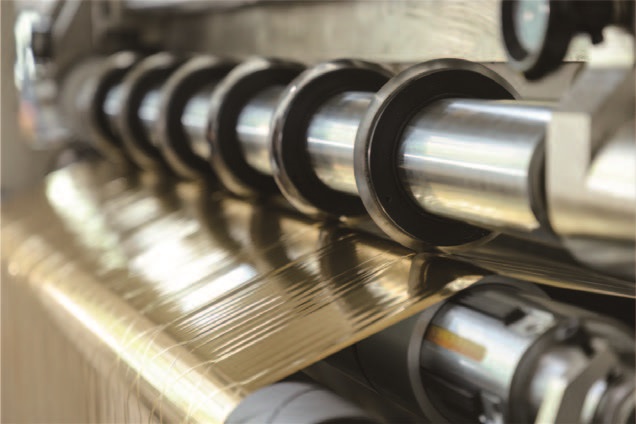
Cut wide rolls of film, paper, nonwoven fabric, metal foil, and other materials to precise sizes, and then rewind them into finished rolls that meet downstream requirements.
09. December, 2025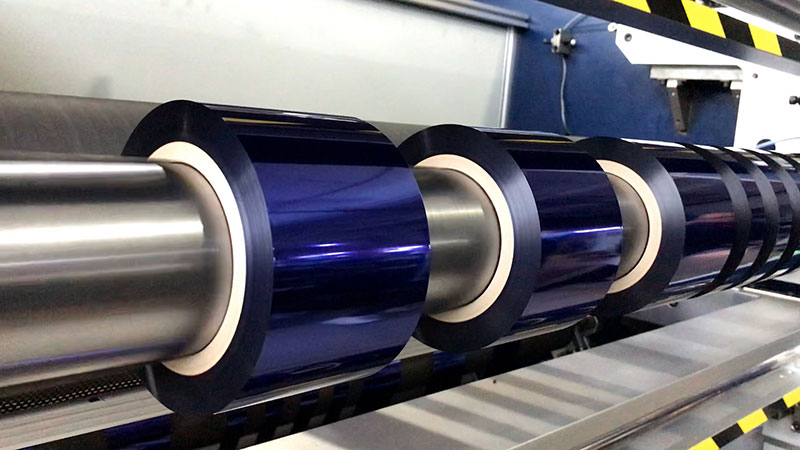
It is the product of the deep integration of the convenience of "one-click setting" and the wisdom of "fully automatic operation".
16. October, 2025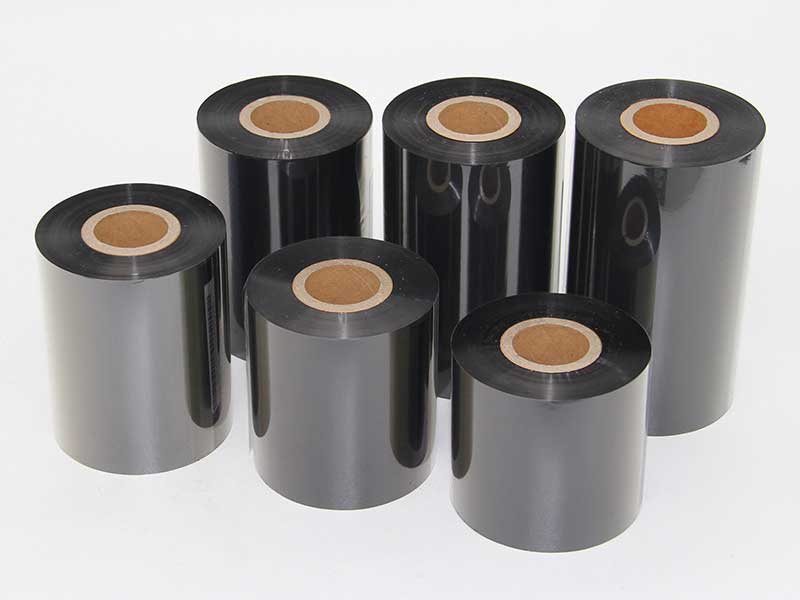
It is recommended to carry out the implementation in stages, first upgrade the key subsystems, and then gradually improve the entire automation system.
20. August, 2025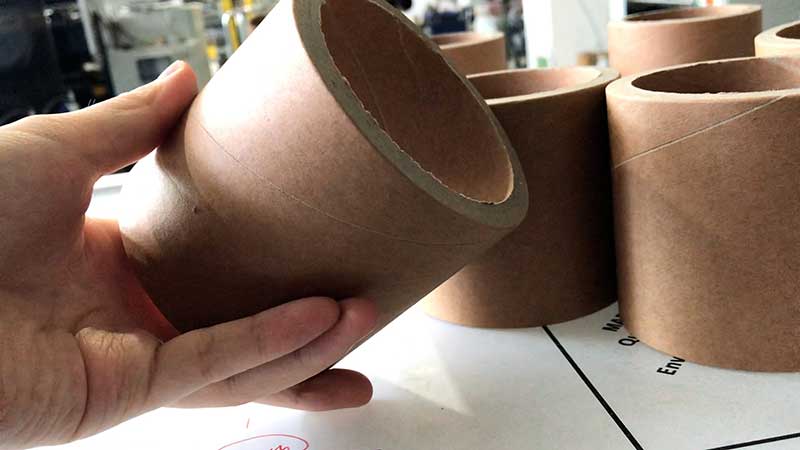
For a paper tube cutting machine, you can optimize your operating costs and increase your ROI by:
14. August, 2025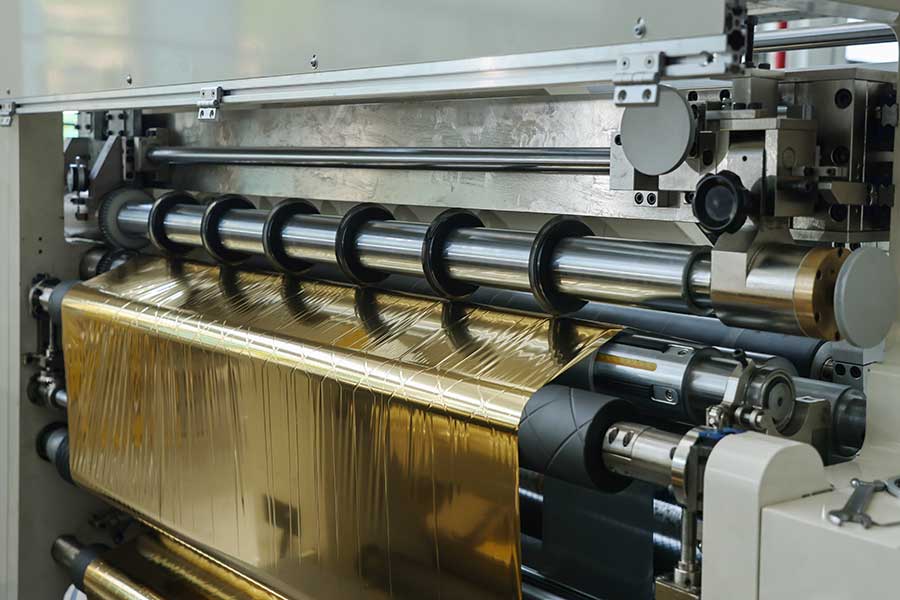
The following is an in-depth analysis from three dimensions: key technologies, core advantages and industry applications:
12. August, 2025